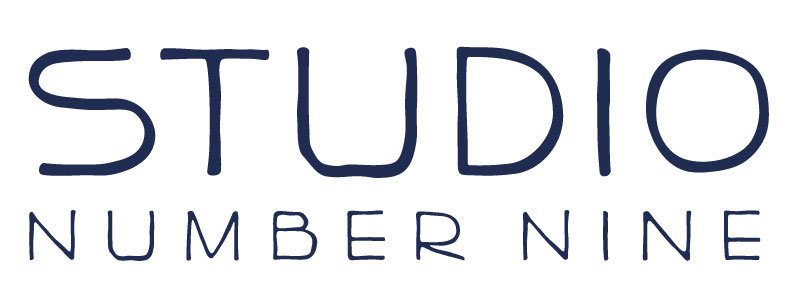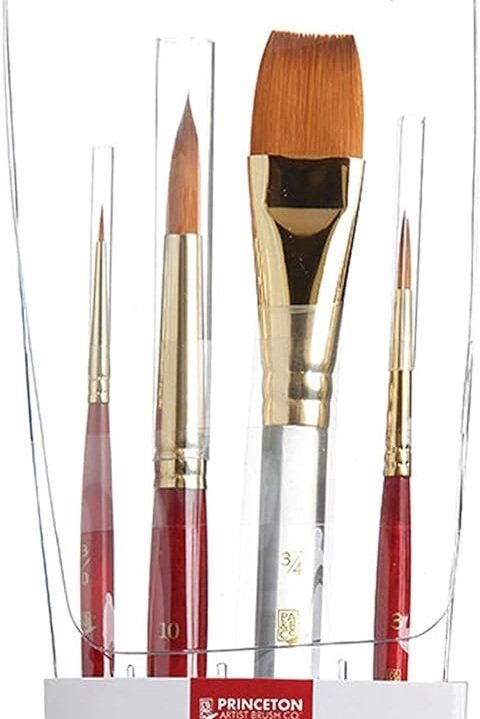These are a few of my favorite things
This is by no means an exhaustive list of everything I use, but it’s the primary stuff. I’ll keep it updated with recommendations and preferences as I play with new materials.
As usual, I recommend you visit your local art store for all of these supplies, but I’ve provided Amazon links to everything should you decide to go that route. (As an Amazon Associate I earn from qualifying purchases. So, when you buy something that you’ve clicked on here, I earn a tiny little percentage of that.)
Subscribe to my newsletter for tips like this in your inbox every week!
Chinco Pens
Chinco .035 mm Pens. Hands down my favorite pens. For a long time I couldn’t remember what they were becuase everything on the pan is in Japanese, and I had to go back to my purchase history to re-order them. I give these away to people willingly, because i love them. Sharp, crisp, very thin detail lines, and waterproof ink.
Van Gogh Watercolors
These are my current set. I have a set of 24. And I’ve replaced each of the pans at least twice now. For me, the quality makes a big difference. How so? You gotta look really close sometimes. Some watercolors leave a bit of texture that I don’t like. A grainy texture. Some are even smoother than van gogh’s!
Arches Paper
There are two kinds of watercolor paper (more or less). Hot pressed & cold pressed. The best thing you can do is try both. Cold pressed has a rougher texture, and hot pressed is super smooth. What does that mean? You’re going to get smooth, crisp lines on hot pressed paper, and a bit more of a texture on cold pressed. Your best bet is to try them both and see how you like them. It may seem pricey, but it makes a big big difference.
Arches Paper (Hot Pressed)
This is the smoother, less textured kind of watercolorpaper. It’ll give you crisper edges. I prefer this kind. I think? I go back & forth some times. There are things I like about both.
Princeton Brushes
This is going to be my weakest recommendation. Sorry about that. Quality brushes are EXTREMELY IMPORTANT. You could spend tons of money on them, but you don’t HAVE to. Cheap brushes are next to useless though. These brushes are definitely good quality, but somewhere in the middle of what you could spend.
Honesty, I don’t have a strong preference for brushes. Next time I got to the art store, maybe I’ll take note. I haven’t been pulled to any one brand just yet. Princeton will absolutely do. And this small set will get you what you need. A flat edged brush, a medium round one, a fine detail one, and one between that fine & medium one.
Sailor Fude De Mannen Fountain Pen
These fountain pens are fantastic. So many different line weights available with the flick of a wrist. While the Chinco pens have a wonderfully dense & consistent line, the line is only one weight. This is what I use for a bit more depth. Pro tip - get the waterproof ink.
Sailor Fountain Pen Converter
This is going to make more sense when you read the next section but it’s going to be pretty important.
Waterproof ink for fountain pen
The Sailor Fude De Mannen pen comes with it’s own ink, but that ink is water soluble. Maybe you want that. But I don’t want my ink bleeding. Usually. This stuff has a tendency to evaporate, but it works!
Royal Talens Art Creation notebooks
I wrote a whole separate blog entry about these magic sketchbooks. I used it for collage, watercolor, a couple pages with acrylic on them. The thin paper is surprisingly durable! It got me started on this art journey, and you won’t regret buying one. Or a stack of 10!
Tumuarta Watercolor Journal
A completely different kind of paper than the Art Creation notebooks. Much thicker - like cold pressed watercolor paper. Can’t quite fit in your pocket, but since it’s a bit larger, you can get a lot more details in there.
Water Brush
These are great. Portable brushes. Fill them with water and use them with a little watercolor kit, or do what I do and get a whole bunch of them and have a preset palette of colors. At the bare minimum, you should have one of these with a couple drops of Higgins black ink (different from the Platinum Carbon ink above in that it’s water soluble) mixed with water to give yourself a 50% grey tone. Start some pen drawings and use a brush pen to fill in the shadows & midtones and you’ll have a dynamically much more interesting piece.
Micro Portable Painter
Teeny little watercolor kit that fits in your pocket. With this and a brush pen, you can basically set up anywhere any time. You can customize the palette of colors inside. Here’s what I use: Cerulean Blue (bright blue for clouds & glass & shiny things), Ultramarine Deep (a darker blue), Burnt Sienna (a very warm brown - really versatile), Permanent Green (a decent green that can be modified in a ton of different ways with the other 5 colors here), Azo Yellow Light (bright, robust yellow)












